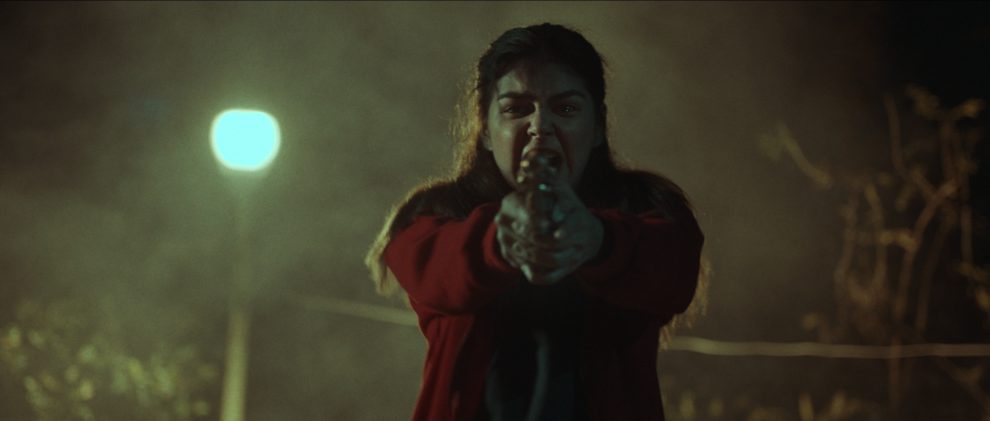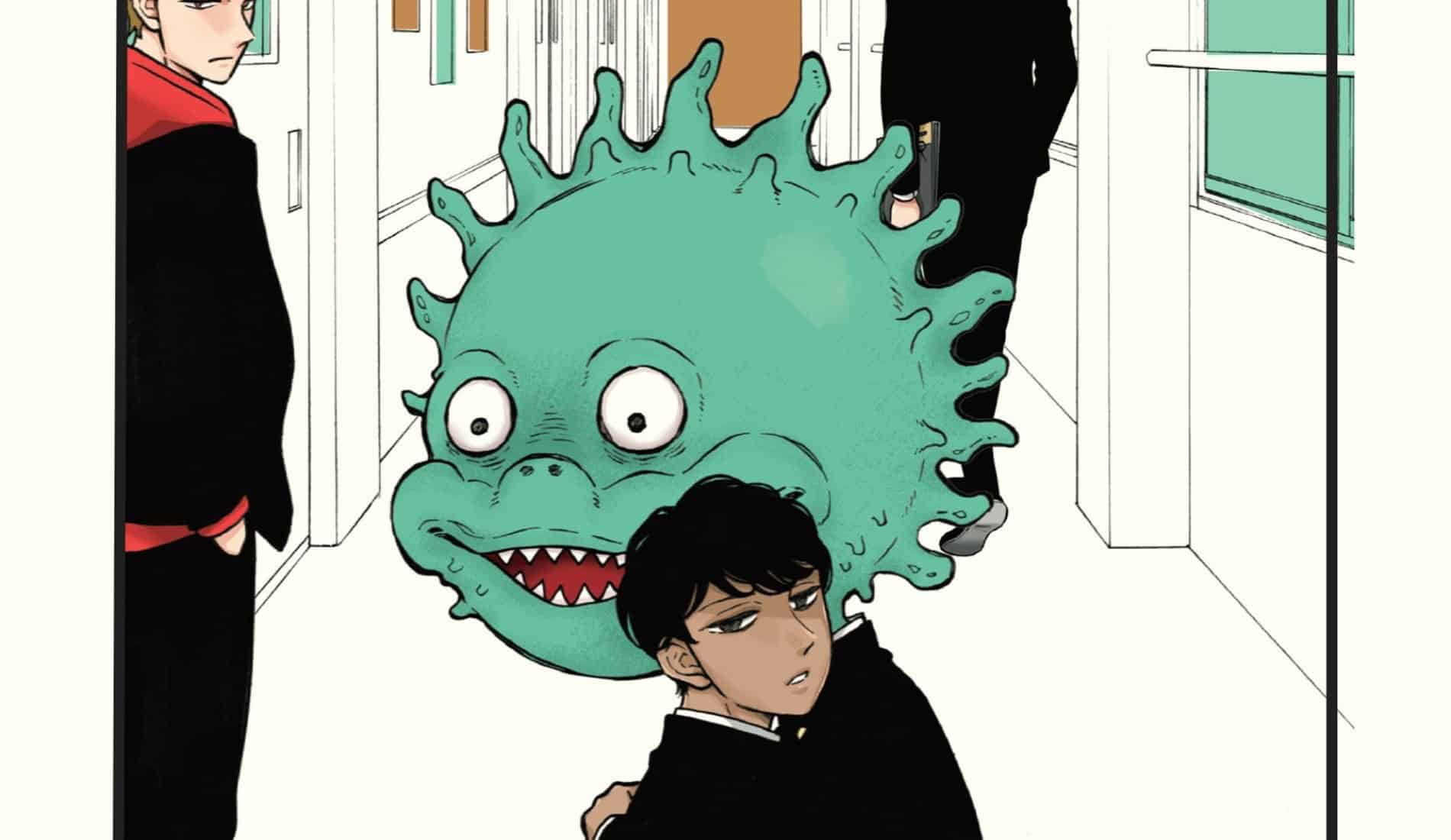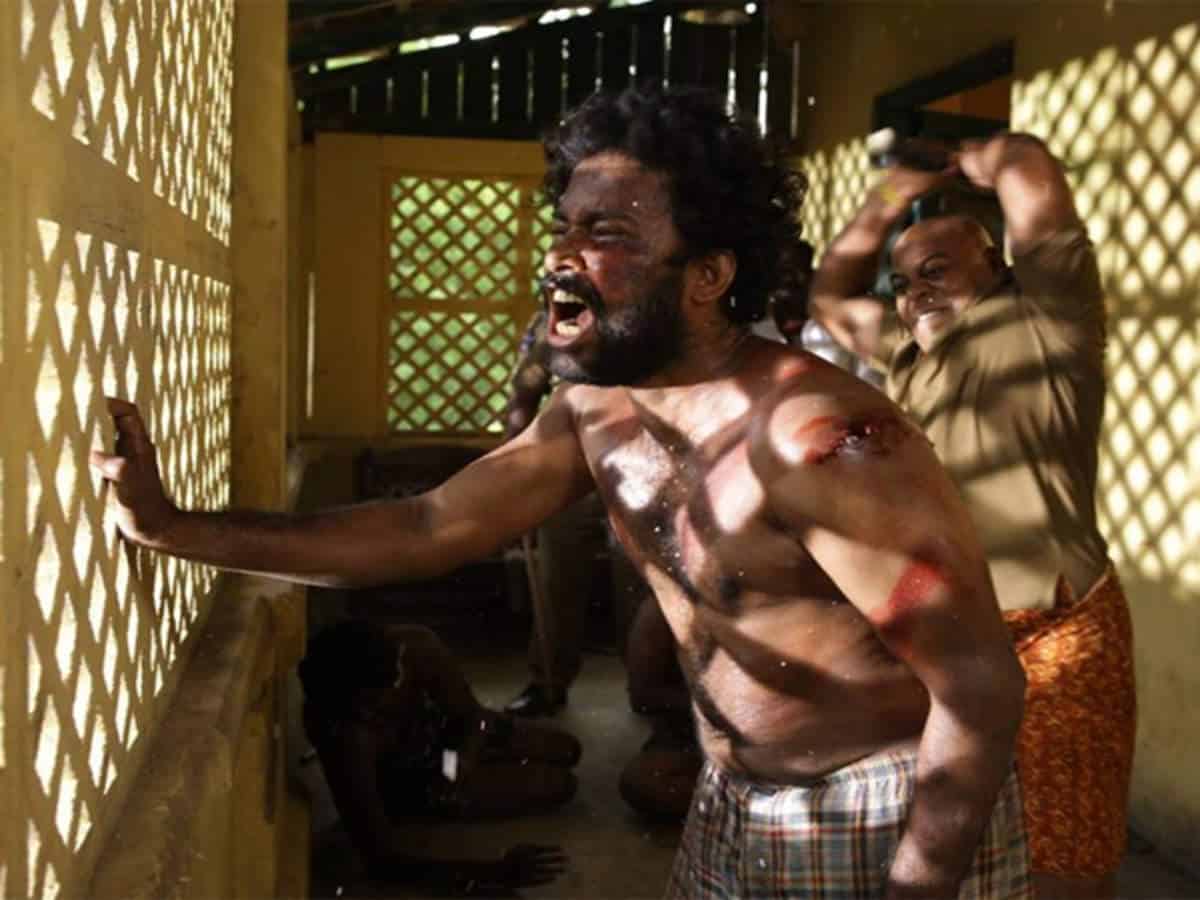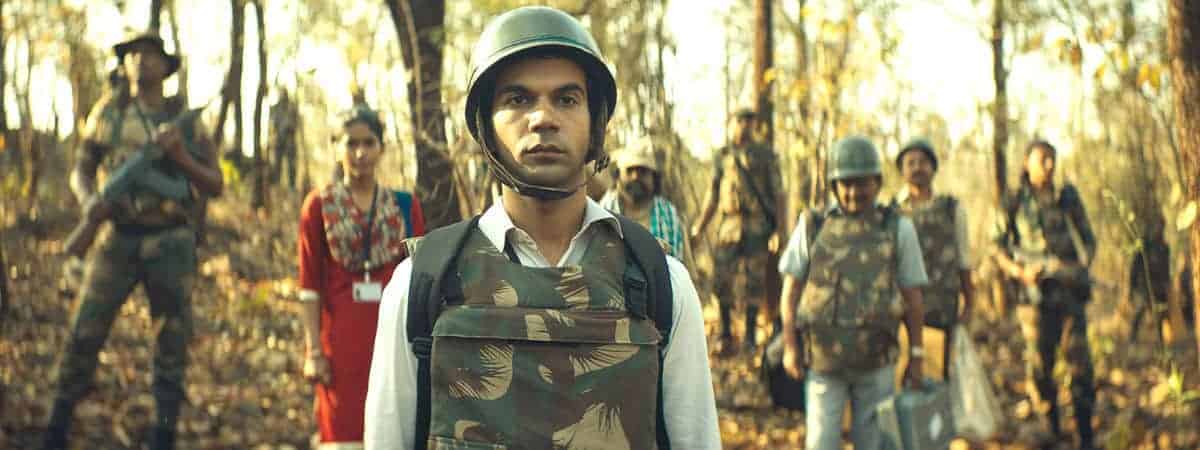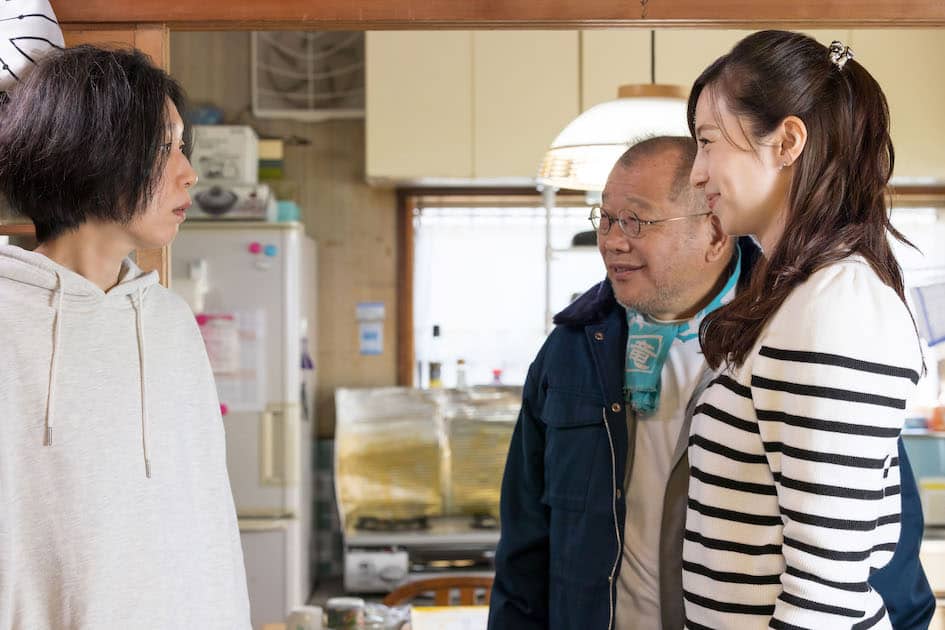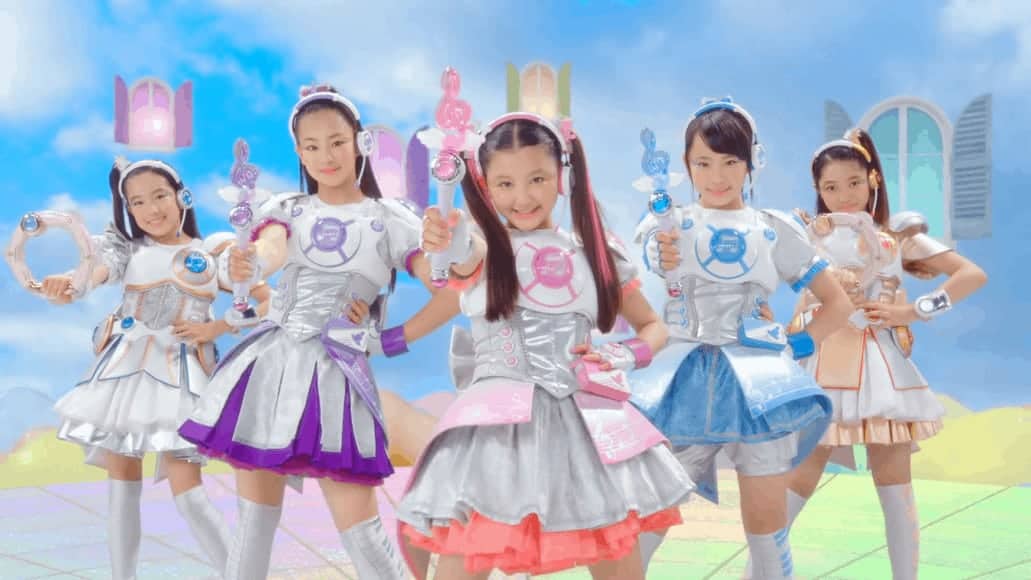If your work and personal lives were slowly going down the drain through various avenues and you find something that could take care of some of your worries, albeit unethically, would you use it? That is the conundrum the lead character finds herself in in Rae Red's solo directorial debut “The Girl and the Gun”.
“The Girl and the Gun” is screening at New York Asian Film Festival
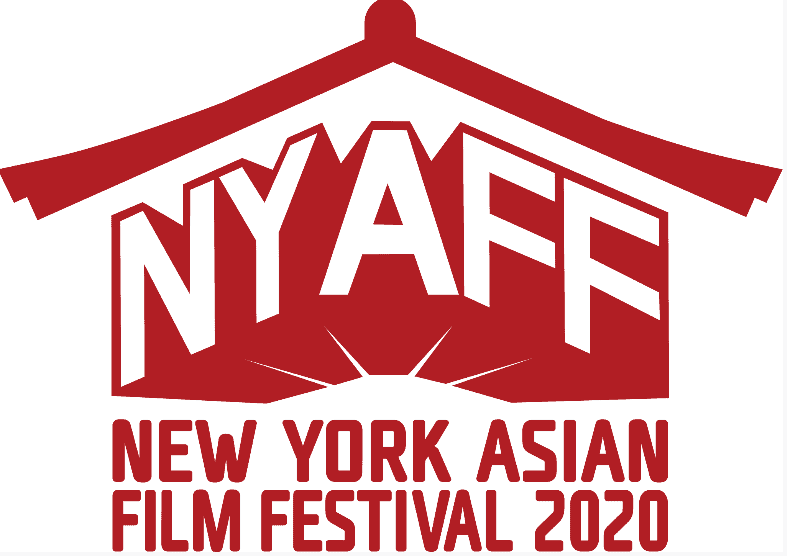
The protagonist, an unnamed Girl, isn't having the best of lives. Living in Quezon City, she works at a department store but rarely gets to spend her earnings on herself, with most of them going to a demanding mother in the province and on her rent. Even when she is reprimanded by her unnecessarily strict boss for wearing torn stockings or when her colleagues invite her out for drinks, she is unable to meet those demands financially. In spite of her best efforts, she is not able to meet her mother's, co-worker's or boss's expectations. Add to that her roommate's violent boyfriend and a creepy co-worker and her future really isn't looking too rosy. After a loud bang one night, the Girl ventures out of her room curiously and happens to see a discarded gun. She initially ignores it but after a tragic event, she decides to take the gun, and matters, into her own hands.
As the title suggests, this is a feature of two very distinct stories, that of the girl and of the gun. Up first is the former, which ably depicts the living and working conditions of people that come from the provincial towns or villages of Philippines to work in the big cities like Manila or, in this case, Quezon City. Long hours, a small paycheck that barely allows them to make ends meet, overbearing bosses, a leering landlord of a place barely fit for human lodgings and jeering passersby are all accounted for. Furthermore, It touches briefly upon the subject of domestic violence. The take on the #metoo movement within the narrative is a timely and interesting approach. This segment can be seen as feminist and female-empowering, but the fact that the empowerment comes within the Girl only once she has the gun in her hand slightly negates the whole point of it.
The second half features the journey of the gun through the ages and how it comes to eventually be in the Girl's possession. Through this segment, Rae Red, who also wrote the script, attempts to tell the tale of violence and the war on drugs, or indeed the lack of it, within Philippines. The gun plays catalyst to key events in the lives of each individual it comes to be in possession of, lives that would otherwise have been ordinary and uneventful but turn violent and even fatal for some. The fact that years go by but the cycle of violence never ends and nothing much changes and all it really takes is one individual to break it is drawn out effectively.
Both these segments are interesting and have their strengths, but the biggest issue the narrative faces is how disjointed and jarringly apart they feel next to each other. The change in direction the story takes is abrupt and it takes a long time to get back on track. At 78 minutes only, the runtime is not long at all, yet the second half takes too long to connect to the first. Overall as well, the entire feature feels like haphazardly put together vignettes that are engrossing in their own rights but don't really glue together for a smooth flow. Perhaps this is a residue of Red's experience directing segments of omnibuses in the past, but at the base of it, it seems as if the script ran out of ideas and had to remix short story briefs.
The fact that the first half works so well is largely down to the compelling performance of Janine Gutierrez as the titular Girl. Starting off as a meek and mild-mannered pushover, her transformation into a woman empowered once the gun comes in her possession is a journey to behold. Her expressions in the key scene in the staff locker room, where the camera absolutely refuses to shy away from the horror, are praise-worthy. The biggest surprise comes from JC Santos, playing an adult Miguel in the second half, who doesn't have a very big segment but completely owns the monologue he is entrusted with. Elijah Canlas, who plays Jun, another brief possessor of the gun, is also impactful, particularly in the terrace scene near the end of his segment.
Having worked on her cousin Mikhail Red's films with scripting duties, Rae's solo debut too features a very similar, gritty look which complements the narrative perfectly. Dark alleyways, flickering lights and gritty indoors populate Tay Clamor's photography, depicting Quezon City as an eruption of violence waiting to happen. Even the brightness and beauty of the department store coming across as artificial once the staff area, kept out of public eye, is revealed. The colour grading also demands a special mention, which enhances the overall look. The background score by Immanuel Verona and Fatima Nerikka Salim is another big highlight, peppy drums and rock tracks often featuring at important moments.
Ultimately, “The Girl and the Gun” may not have the perfect execution, but has some good ideas and a strong tale to tell, which it mostly succeeds in getting across. In addition to the girl and the gun, it is also the story of Quezon City, which works almost as a character unto itself, and of the displaced and disillusioned youth in the city, burdened by neglect, expectations and duties. Excellent performances, particularly from Janine Gutierrez and JC Santos, are an added bonus and make the effort worthwhile.


